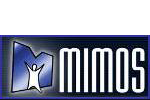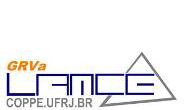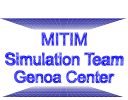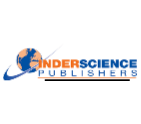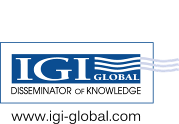MAS 2011 Proceeding
Multi-Objective Optimization in Urban Design
Authors: Michele Bruno, Kerri Henderson, Hong Min Kim
Abstract
Urban Design is a multi-objective task. Traditionally, urban spaces are designed hierarchically; organizational inputs are idealized uniquely, and negotiated through sequential overlay. In our investigation, parametric modeling (with the software application Catia) and evolutionary optimization employing genetic algorithms (with the software application Mode Frontier) enable the exploration of a non-linear design space whereby multiple objectives may be optimized concurrently. This paper describes an experiment that builds from prior research in multi-objective optimization of architectural design and applies that workflow to multi-objective optimization in urban design. The experiment employs given constraints, custom procedural algorithms and genetic algorithms to examine a wide design space and identify designs that perform well in multiple arenas. Design, data and latent influences are exposed and negotiated quantitatively to render topological variation through optimization. By using multi-objective optimization we define and apply quantitative metrics in order to examine the potential for a new workflow in urban design.
 2011
2011










